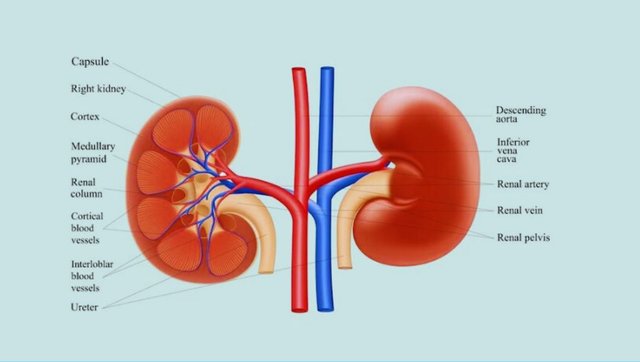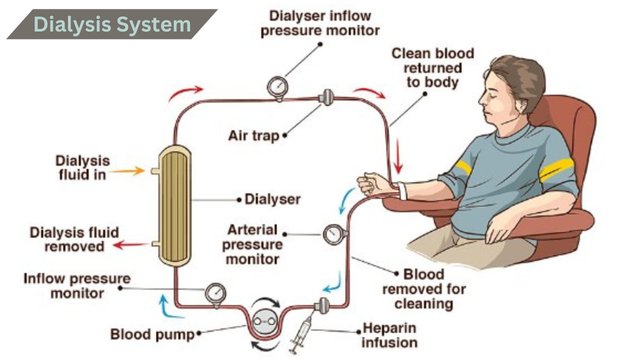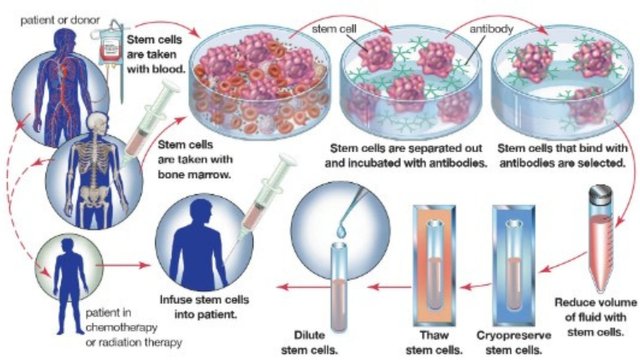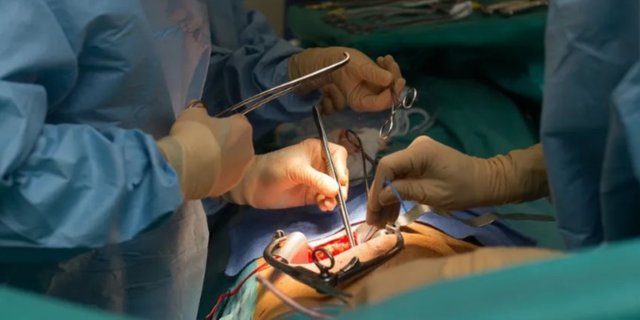Kidneys
There are a total of two kidneys, one on each side of the spine in the lumbar region just below the thoracic cage. Due to the location of the liver in the abdominal cavity, the left kidney is slightly higher than the right kidney.
Structure
The kidney looks like a bean seed. Its side is convex, and the inner side is concave. The fold in the concave part is called the hilum. In 1982, Sir William Bowman gave the first accurate description of the kidney's fine structure.
Function
The production of urine is the main function of the kidney, but it also performs the functions of removing excretory stones, maintaining water balance in the body and blood, controlling blood pressure, etc.
Nephron
The structural and functional unit of the kidney is called the nephron. Each human kidney has 10-12 lakh nephrons. Each nephron is about 3 to 5 centimeters long.
Kidney failure
As age increases, the ability gradually decreases. It is said that the kidney of a 70-year-old person is only able to work 50%. Kidney failure is the reduction of capacity due to disease. Kidney failure can occur in two ways, one is chronic and the other is immediate.
Symptoms of kidney failure
- Passing very little thick and thick urine, not urinating at all.
- Hands and feet, feet, etc. swell in the lungs, due to the accumulation of water, frequent breathing is required.
- Pain on both sides between ribs and waist.
- Loss of appetite, nausea, or vomiting.
Dialysis
If it does not work normally, iron substances (urine, creatinine and potassium) and unnecessary water accumulated in the blood are removed. In 1924, German doctor Georg Haas first introduced the dialysis process.
Organ or tissue transplantation
Transplantation is the transfer of organs or tissues from one part of the body to another or from one person to another. Transplantation can be the body of various whole organs (such as kidneys, lungs, liver, etc.) and various types of tissues (such as eye cornea, skin, hard valves, veins, etc.). However, the most transplanted organ in the world is the kidney. The first successful kidney transplant was done in 1954 between twins, which was a living-related kidney.
Kidney transplant procedure
It is scientifically proven that kidney donors do not suffer any additional complications from a kidney transplant. A kidney failure patient, between the ages of 10 and 65, with healthy liver and heart and no infectious diseases in the body, and the patient is healthy on dialysis, is nominated for kidney transplantation. The patient and the kidney donor are then directed to submit proof of close relatives as per the law. Only when the medical board is satisfied that the kidney donor and recipient are fit for the operation, the operation date is announced.
Kidney addition
Dialysis or kidney transplantation is used to treat the permanent complete failure of both kidneys. Dialysis is very expensive and temporary. In that case, permanent treatment is kidney addition or transplantation.
The value of a piece of writing is achieved only when an audience reads it and comments on it. So I also want you to give your valuable feedback after reading my post completely. Thank you for wasting your precious time reading my post. Not today, see you again with a new post. My first post has been verified, and I provided the link below.
https://steemit.com/hive-172186/@bakul1/achievement-1-my-first-post-bakul1
Thank you
Md Shamakdum Bakul
@bakul1
#Bangladesh


.jpg)




Downvoting a post can decrease pending rewards and make it less visible. Common reasons:
Submit